Toucan Rescue Ranch
Our first tour on our eco-tourism trip to Costa Rica was with the Toucan Rescue Ranch. It is a wildlife rescue and sanctuary about a 20-minute drive from Heredia.
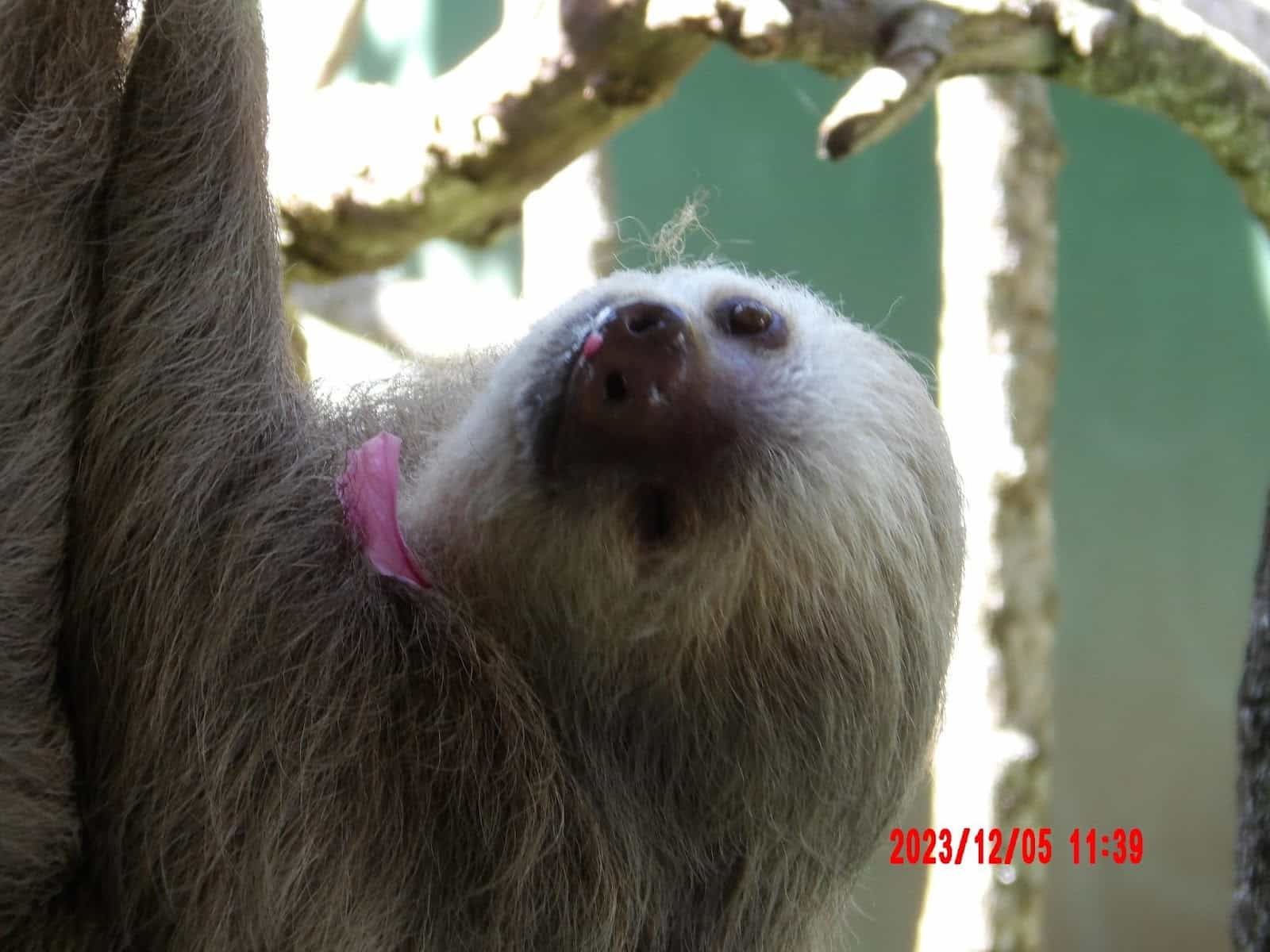
Beginnings of the Toucan Rescue Ranch
The Toucan Rescue Ranch was founded in 2004 by Leslie Howle. She learned about a macaw rescue but realized that other birds that needed help did not get any. So she began a toucan rescue and soon started accepting other birds and then mammals.
Costa Rica Wildlife in Need of Help
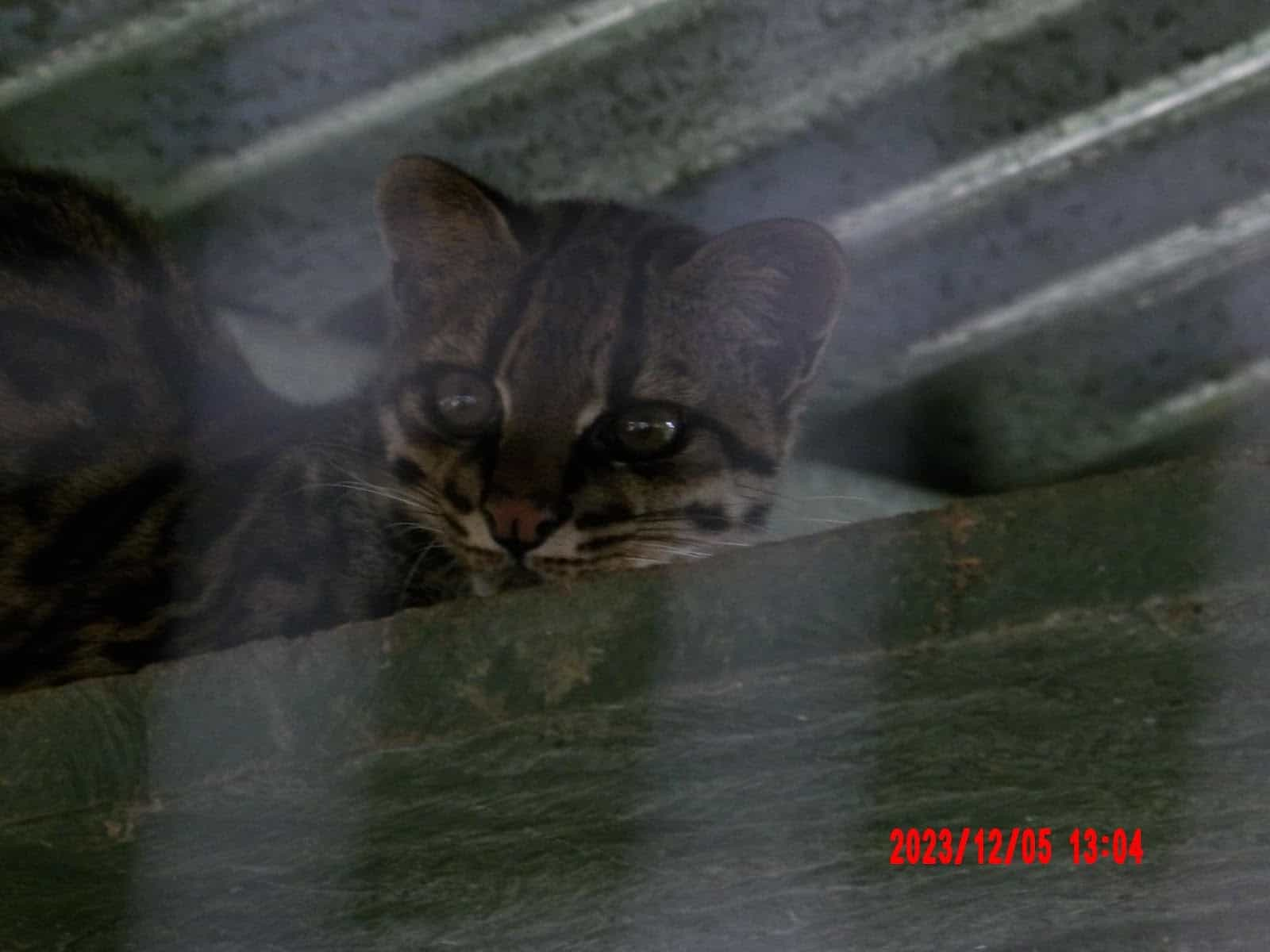
The two biggest reasons wildlife comes to the Toucan Rescue Ranch are car accidents and getting tangled in electrical wires. With greater awareness from drivers and the electrical company, these injuries are happening less often, but are still prevalent.
People used to have wildlife as pets in Costa Rica. Indeed Leslie says she remembers having monkeys and McCaws as pets. But this practice has been outlawed. Some wildlife pets have been confiscated from their owners. However, the animals are not able to live in the wild because they are so used to being taken care of as pets. So they need a sanctuary to live out their lives.
Rehabilitation Versus Sanctuary
The goal of the rescue ranch is to rehabilitate the injured wildlife and then release them back into the wild. All of the animals get evaluated for their release potential. They have a structured program where the animals learn to fend for themselves and then get released on one of the ranch’s release sites. Sometimes they can monitor where the animal goes and how it fares in the wild.
Some of the animals who are released find their way back to the sanctuary! They know where they are fed well and taken care of! A few of these animals get released several times and just keep coming back. So they spend their lives at the sanctuary.
Other animals are too injured to ever be released. A raptor that is missing a wing, a monkey with no tail, and other animals with other injuries won’t ever be able to take care of themselves. They stay at the sanctuary. Animals who were previously illegal pets and then were confiscated will also probably stay at the sanctuary.
My Tour of the Toucan Rescue Ranch
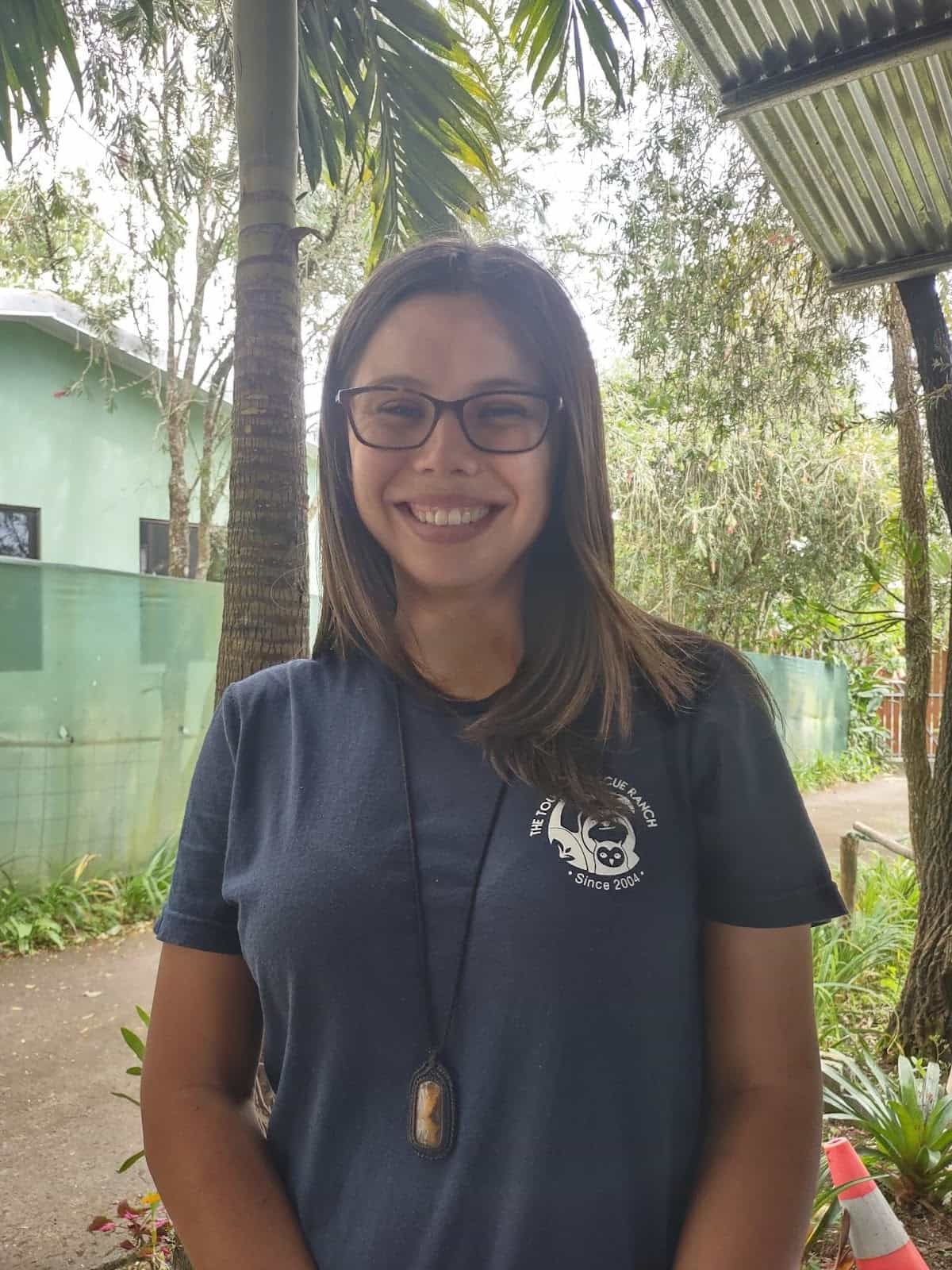
My tour guide, Alejandra, discussed the founding of the ranch, the mission, and how they go about the mission. She explained how the Toucan Rescue Ranch is concerned with helping the animals, so no one is allowed to touch the animals or go to the rescue center during the tour. Too much interaction with humans is very stressful to the animals, especially the ones who are sick. So the tours only happen in the sanctuary section. Care for the animals is the most important part of the Toucan Rescue Ranch so they would never allow any of their other activities to jeopardize any of the animals.
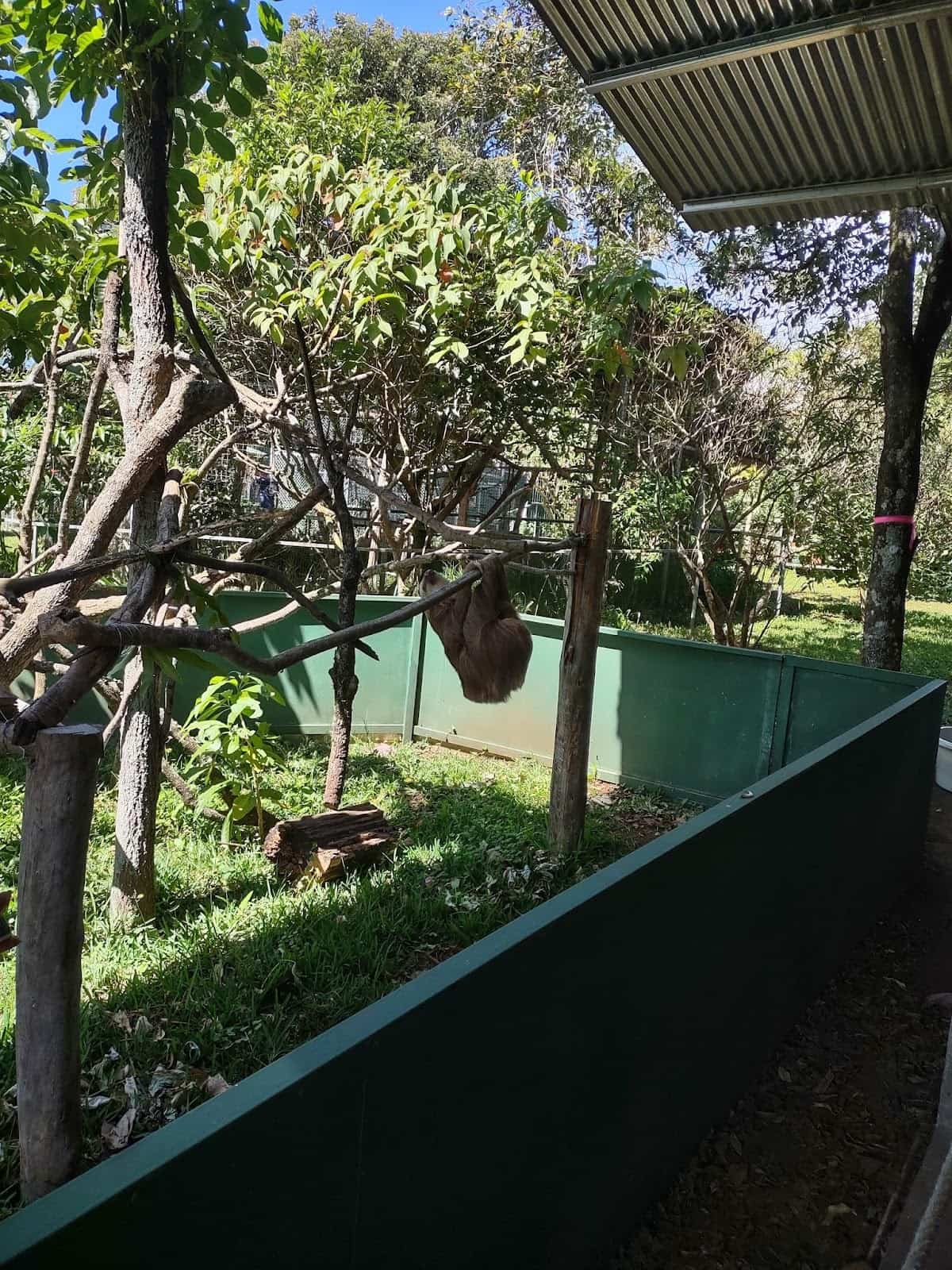
We sat in the open air gift shop, drank coffee, and watched as they brought out a sloth for us to see. The sloths have their own enclosure just outside the gift shop and the staff at the rescue bring them out. The enclosure is like a sloth playground.
We walked around the sanctuary and saw the other animals, including toucans,
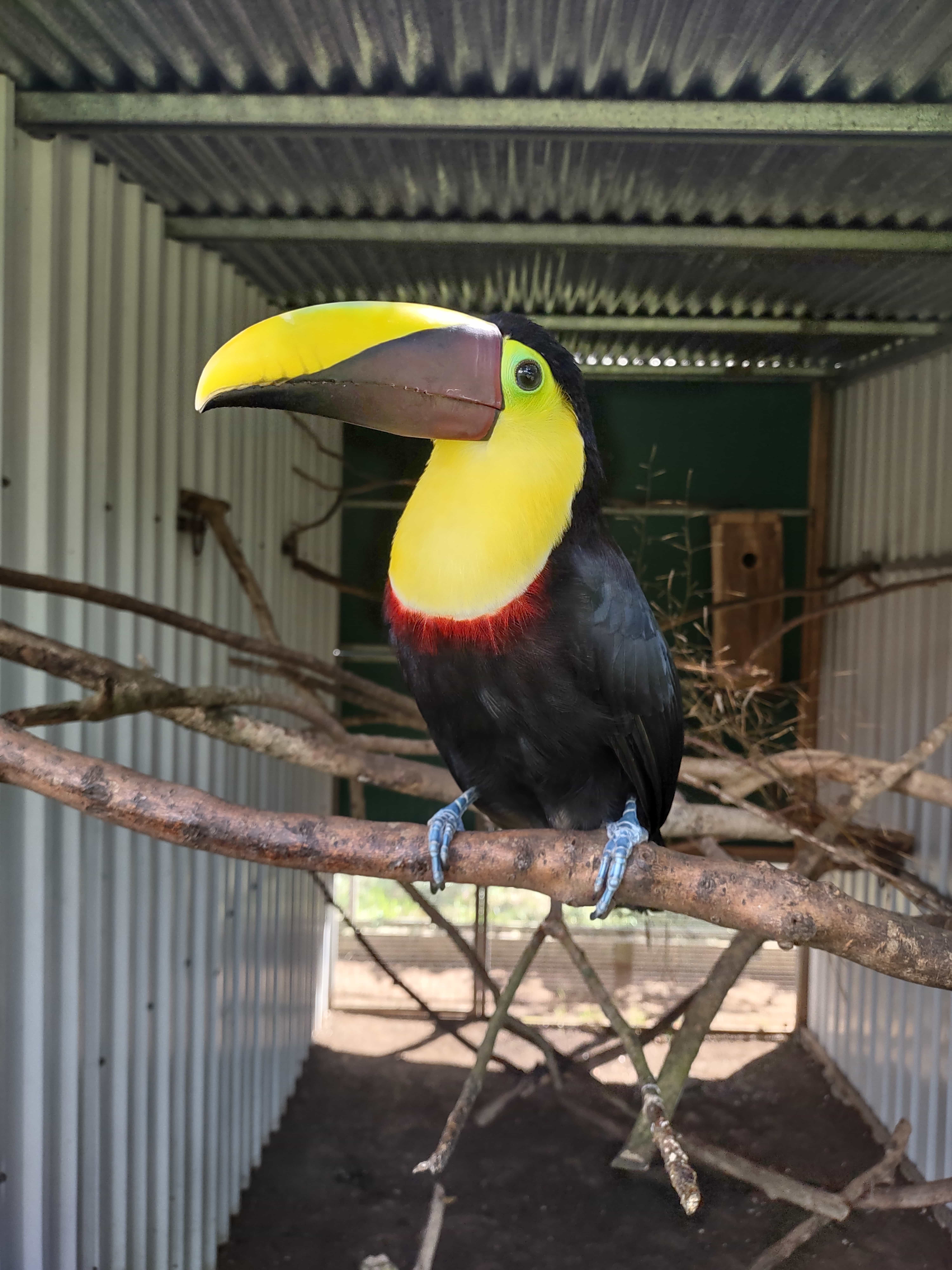
monkeys,

owls,
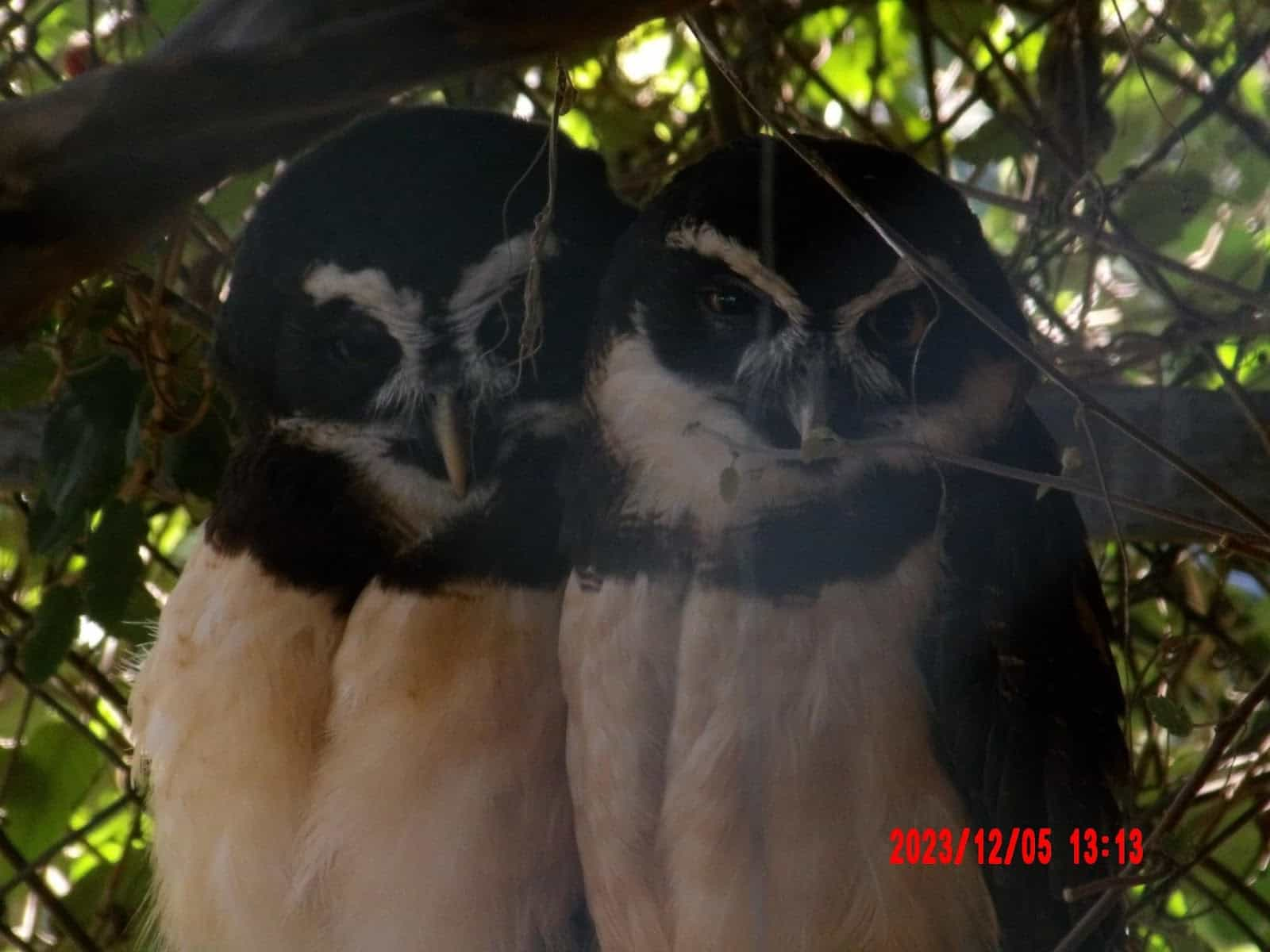
macaws,
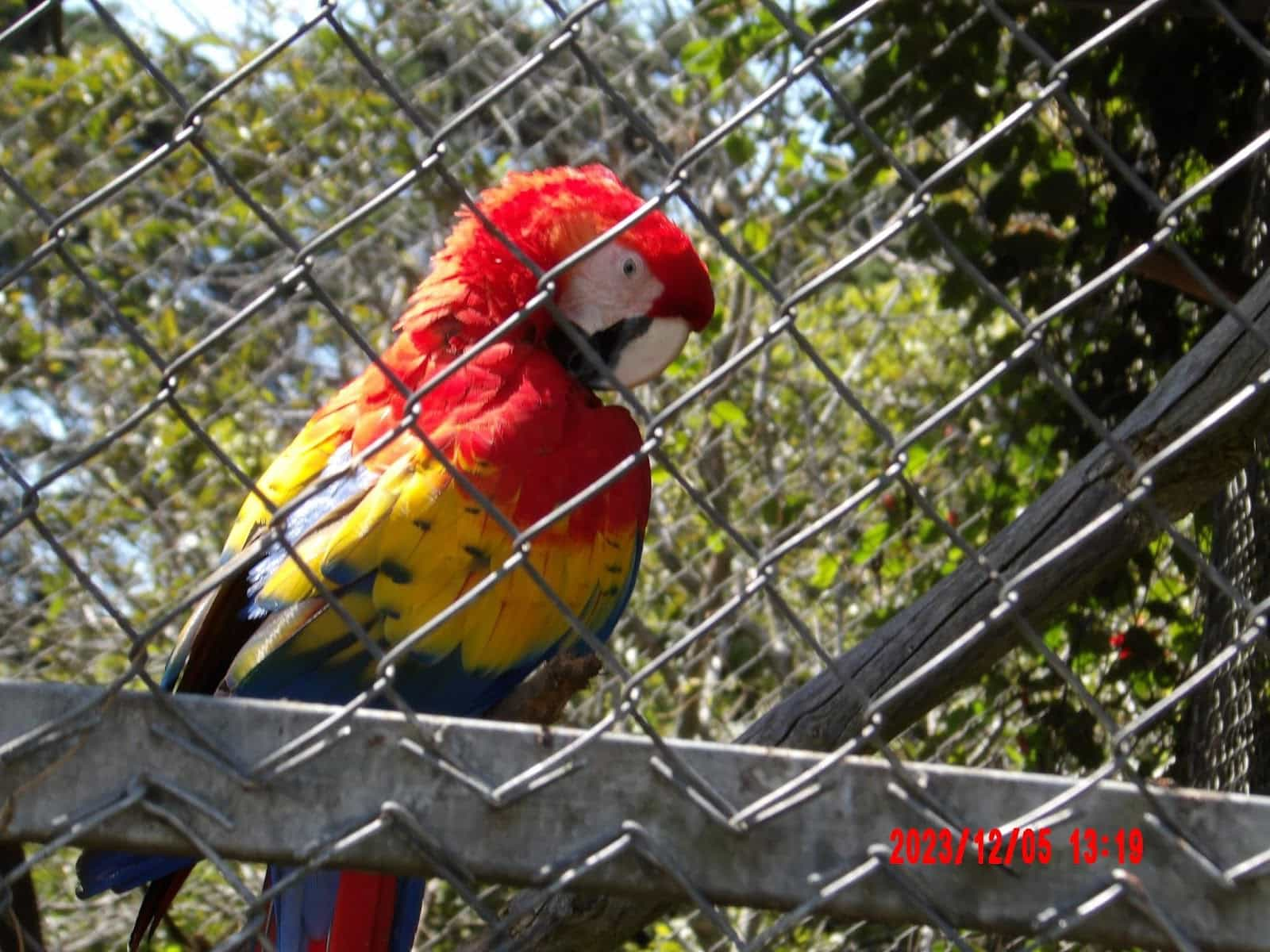
parrots,
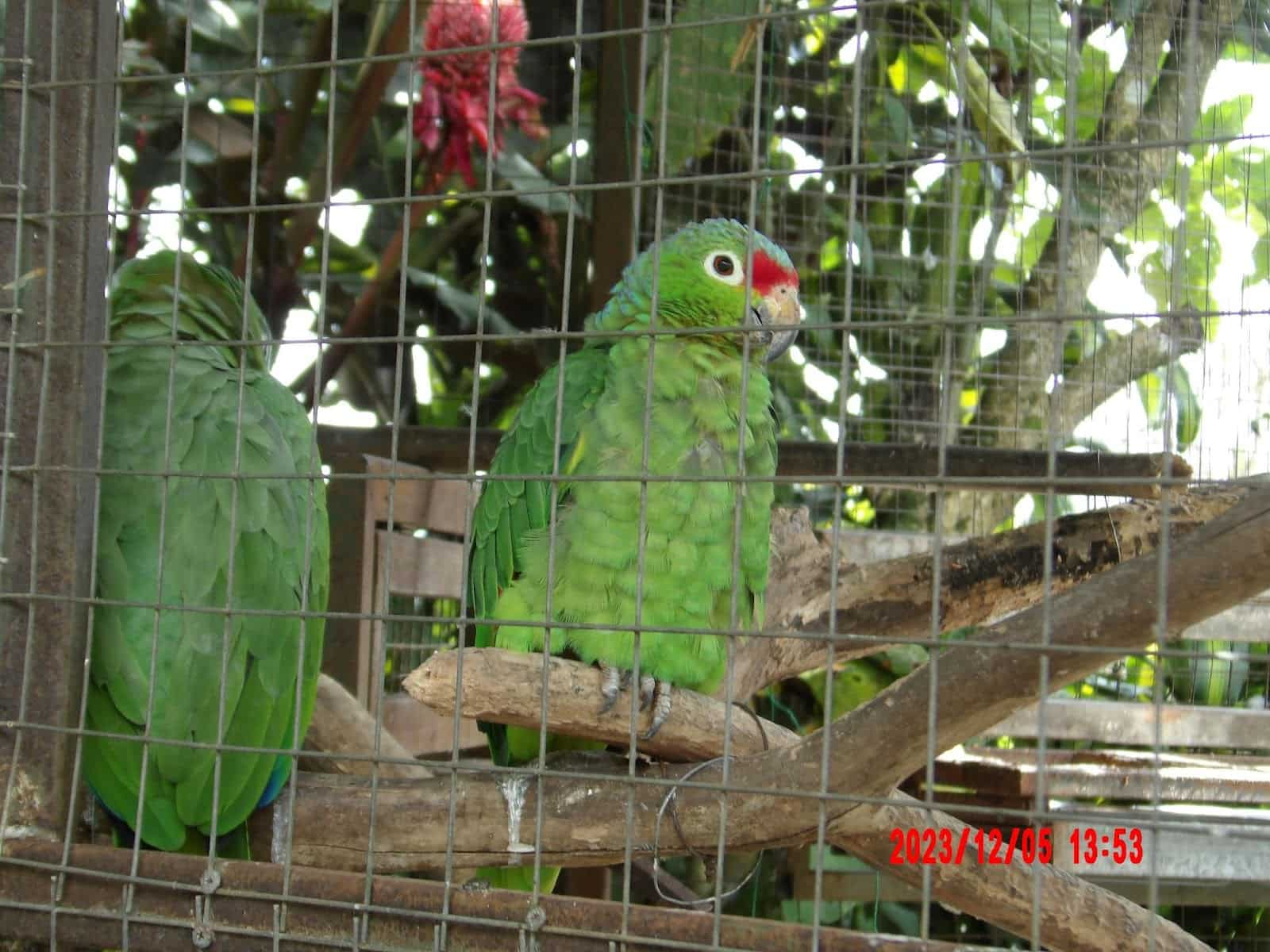
a river otter, and even some house cats, among many other animals!
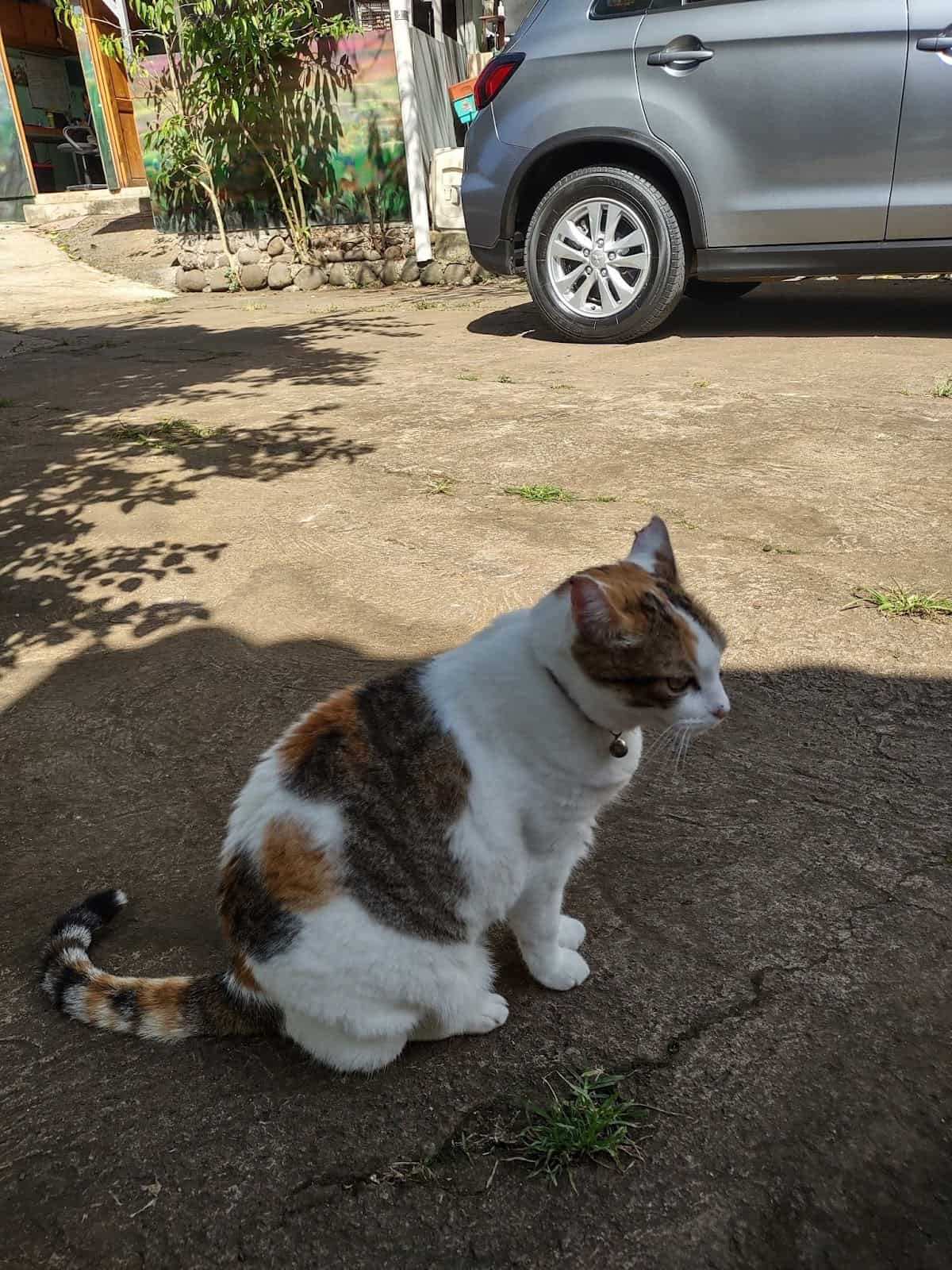
Stop Animal Selfies
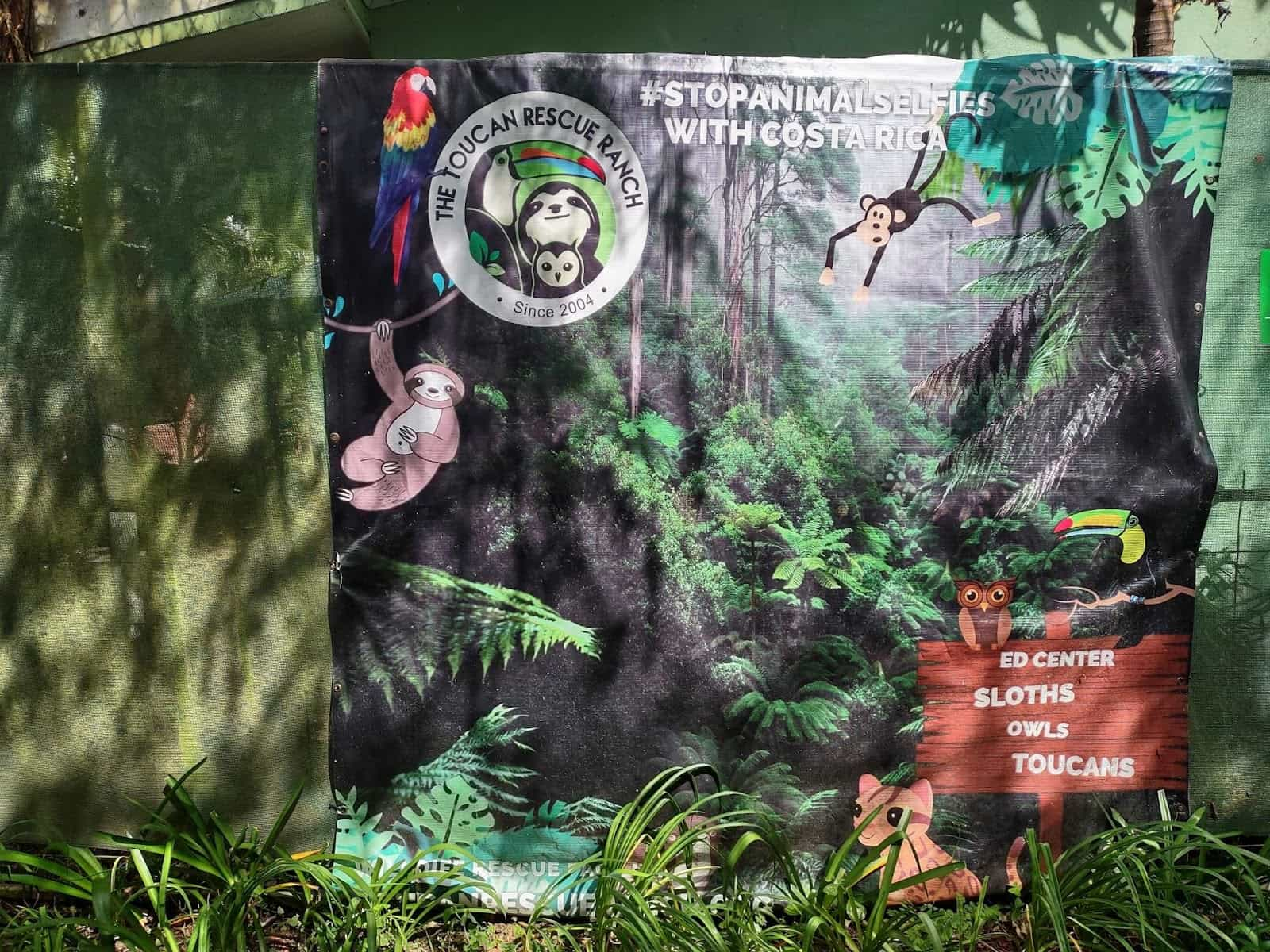
There are no pictures of humans with the animals. Part of the conservation efforts of the Toucan Rescue Ranch is the #stopanimalselfies initiative. People who take selfies with wild animals put themselves in danger and stress out the wild animal. If you have an opportunity to take a selfie with an animal at a sanctuary, the sanctuary is exposing the animal to undue stress while trying to profit off of the animal's discomfort. If you see a human/animal selfie, you don’t know if it is in the wild or at a sanctuary and it might make you think that taking selfies in the wild, or at all, is an ok thing to do. So the ranch is trying to spread the word that human/animal selfies are not a good idea. You can’t even take a picture of one of the handlers with the animals. No animal selfies at all is the best policy.
Other Programs at the Toucan Rescue Ranch
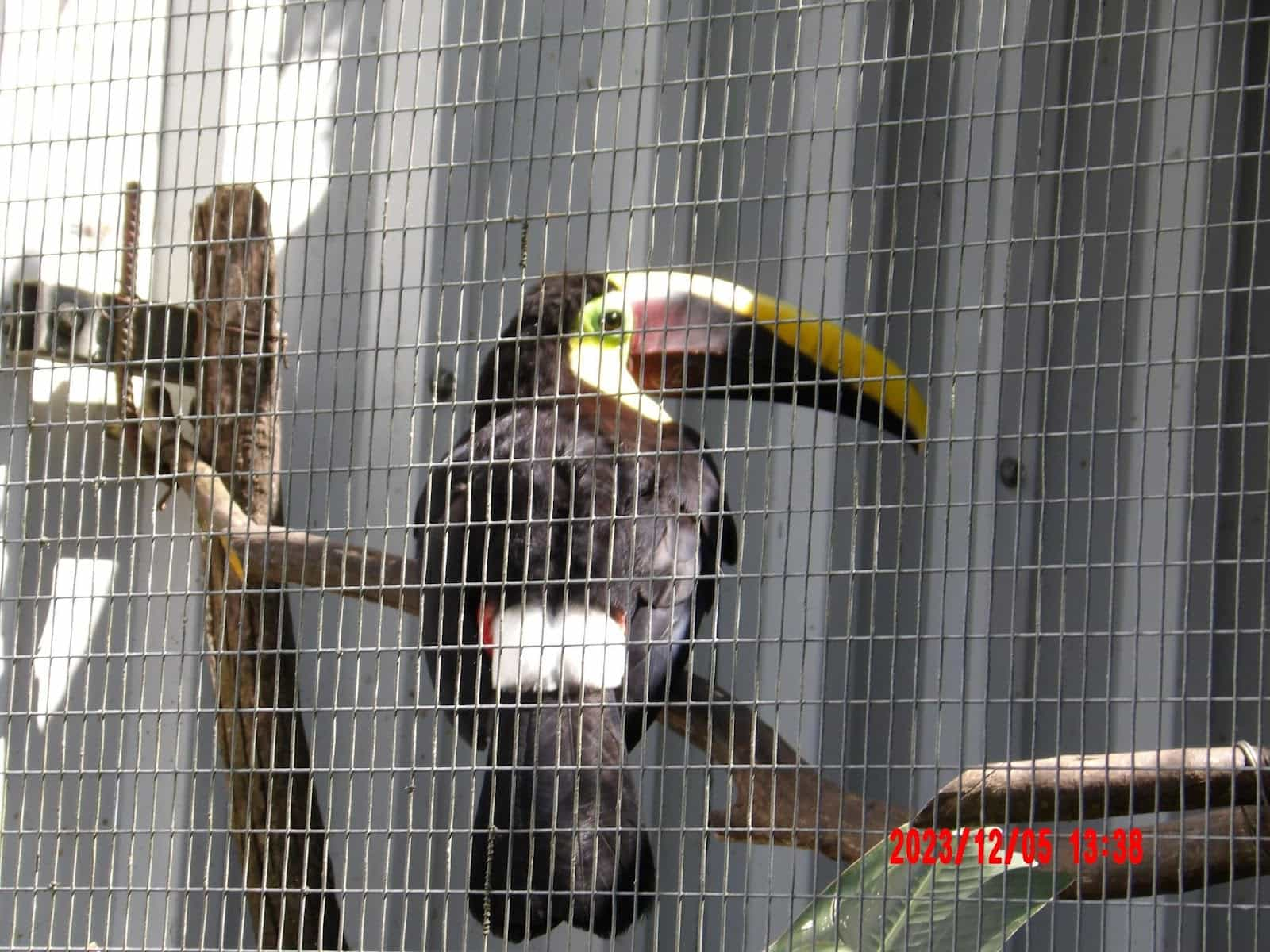
There are a wide variety of programs that the Toucan Rescue Ranch has to help the animals, get funding to help the animals, and provide education about helping the animals.
They have a great veterinary team, a release and rehabilitation program, and a breeding program. They take animals that must stay in the sanctuary for whatever reason and give them the opportunity to breed. Then they work on preparing the offspring to be released in the wild. They’ve had a lot of success with this program.
The ranch has teamed up with Britt, a coffee and chocolate company, where some of the proceeds from the sale of the coffee or chocolate goes to the ranch. These items, and more, are for sale in the giftshop. They also offer the opportunity to “adopt” one of the animals and pay for their care for a certain amount of time. They have events, such as the sloth Ironman competition where sloths go head to head on hibiscus eating, traveling one meter, pooping, and strength.
Their tours help them fund their wildlife activities. They also provide the opportunity for people to spend the night at the sanctuary.
They have educational initiatives such as the #noanimalselfie initiative and community awareness. They teach classes on animal handling and first aid. They do educational programs for schools. They provide opportunities for internships and they work with other organizations to assist with wildlife rehabilitation and release, funding, and education.
Conclusion
The Toucan Rescue Ranch is a great eco-tourism option in Costa Rica. You will learn about local wildlife rehabilitation and support a worthwhile organization. You’ll also get to see some of the animals in the sanctuary.
We went to Monteverde and the Valle Escondido farm and hotel from the Toucan Rescue Ranch

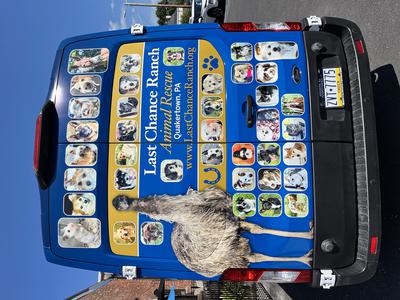

New! Comments
Have your say about what you just read! Leave me a comment in the box below.